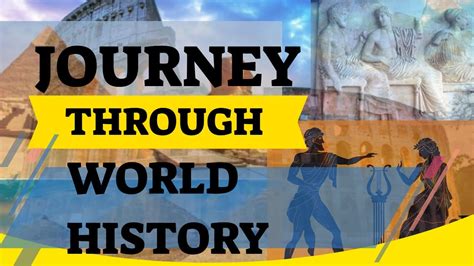In the grand tapestry of world history, decentralization has played a pivotal role in shaping the way societies and nations have evolved. The AP (Advanced Placement) World History definition encapsulates the essence of this complex process:

Decentralization: The transfer of power and authority from a central government to subnational entities, such as regional or local governments, or to non-governmental organizations.
Origins and Early Applications
The seeds of decentralization were sown in ancient Mesopotamia and Babylonia, where city-states enjoyed a degree of autonomy from the central authority. In Greece, the democratic system of Athens granted substantial power to its constituent demes (neighborhoods).
During the Middle Ages, feudalism in Europe witnessed a decentralized distribution of power among various lords and vassals. This system fragmented political authority, leading to a patchwork of autonomous regions.
Renaissance and Reformation
The Renaissance saw a resurgence of decentralized ideas in the realms of art and science. Scholars like Pico della Mirandola emphasized the individual’s capacity for reason and independent thought. The Protestant Reformation further challenged central authority by promoting the concept of the “priesthood of all believers.”
Enlightenment and Revolutions
The Enlightenment’s focus on individual rights and self-government paved the way for decentralization revolutions in the 18th and 19th centuries. The American Revolution established a decentralized republic, while the French Revolution sought to transfer power to local communes.
Decolonization
The 20th century witnessed a wave of decolonization, as territories under European control regained independence. This process often involved the decentralization of power to regional and local authorities to accommodate diverse populations and traditions.
Contemporary Applications
In the modern era, decentralization has gained renewed significance with the rise of technology and globalization.
- Blockchain Technology and Cryptocurrency: Blockchain enables the decentralized distribution of financial transactions, eliminating the need for central authorities like banks.
- Participatory Governance: Online platforms and social media facilitate citizen participation in decision-making processes, decentralizing government authority.
- Decentralized Autonomous Organizations (DAOs): DAOs are organizations operated by distributed governance models, allowing members to collectively manage resources and make decisions.
Benefits and Challenges of Decentralization
Benefits:
- Increased local autonomy and self-governance
- Enhanced citizen participation and empowerment
- Reduced corruption and abuse of power
- Increased resilience and adaptability to local needs
Challenges:
- Difficulty in achieving coordination and consensus
- Potential for fragmentation and instability
- Limited resources and expertise in local entities
- Political and bureaucratic resistance to change
Tables
| Historical Period | Decentralization Application |
|---|---|
| Ancient Mesopotamia | City-states with autonomous powers |
| Medieval Europe | Feudalism with decentralized power among lords and vassals |
| Renaissance and Reformation | Individualism and challenge to central authority |
| Enlightenment and Revolutions | Decentralized revolutions and democratic republics |
| Contemporary Applications | Description |
|---|---|
| Blockchain Technology | Decentralized financial transactions |
| Participatory Governance | Citizen participation in decision-making |
| Decentralized Autonomous Organizations (DAOs) | Organizations operated by distributed governance |
Common Mistakes to Avoid
- Confusing decentralization with anarchy or chaos
- Assuming all forms of decentralization are inherently good
- Failing to consider the specific context and needs of the society
How to Step-by-Step Approach
- Identify the areas of authority to be decentralized
- Determine the appropriate entities to receive power
- Establish mechanisms for coordination and accountability
- Provide resources and support to local entities
- Monitor and evaluate the decentralization process
FAQs
- What is the main purpose of decentralization?
To transfer power and authority to subnational or non-governmental entities. - What are some specific examples of decentralization?
City-states, feudalism, and participatory governance. - How does decentralization differ from federalism?
Federalism creates a layered system of government, while decentralization involves the transfer of power from a central authority to lower-level entities. - What are the potential risks of decentralization?
Fragmentation, instability, and limited resources. - How can decentralization be implemented effectively?
By following a step-by-step approach, considering context and needs, and providing resources and support. - What are some future applications of decentralization?
Decentralized smart cities, distributed manufacturing, and community-owned energy grids.
